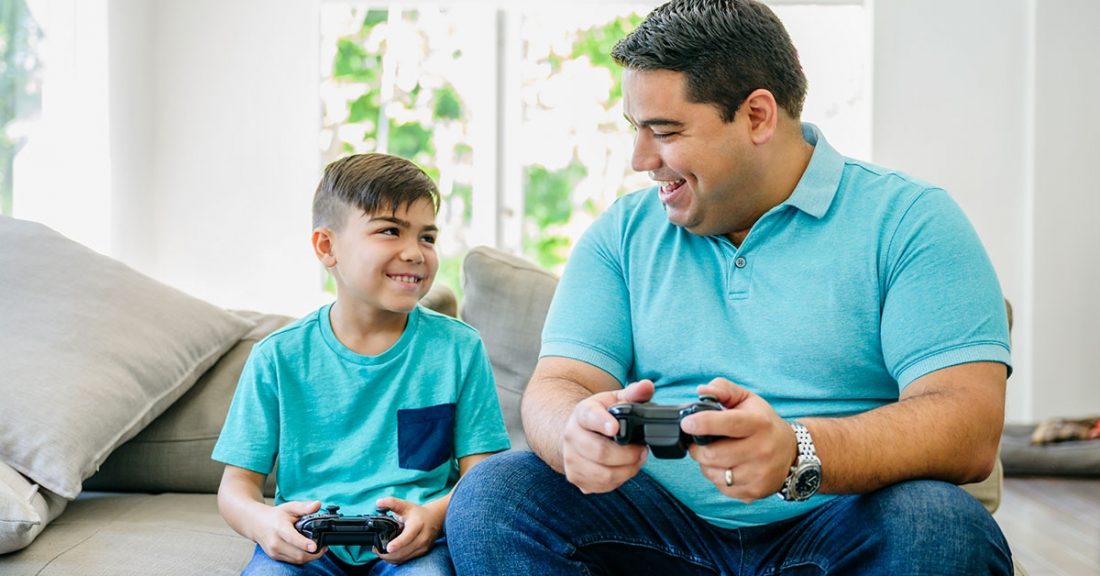National Partnership to Reinvent Child Welfare Expands

Thriving Families, Safer Children: A National Commitment to Well-Being — a first-of-its-kind effort of the U.S. Children’s Bureau, Casey Family Programs, the Annie E. Casey Foundation and Prevent Child Abuse America — has expanded its reach to include child welfare jurisdictions in 22 states that stretch from coast to coast and a sovereign tribal nation.
In announcing the addition of sites in 16 states, the District of Columbia and White Earth Nation, Thriving Families’ national partner leads are signaling the growing momentum to fundamentally rethink child welfare by creating the conditions and support systems for strong, thriving families where children are free from harm and supported in their communities.
The 18 new partner jurisdictions join an initial round of four jurisdictions — California/LA County, Colorado, Nebraska and South Carolina — that began work in August 2020.
“With the addition of these jurisdictions that range from city centers to tribal communities to America’s heartland, Thriving Families is demonstrating that there is broad support for redesigning our country’s approach to ensure child and family well-being,” said Sandra Gasca-Gonzalez, vice president of the Annie E. Casey Foundation’s Center for Systems Innovation. “Instead of separating children from families, the focus must be on strengthening families with the kinds of resources that will keep children safe at home and families stronger together.”
Thriving Families seek to demonstrate that intentional, coordinated investment in a full continuum of prevention and robust community-based networks of support will promote overall child and family well-being, equity and other positive outcomes for children and families. The partners believe it is time to act on what we know: Community and family support helps keep children safe and well.
Working with communities and across the public, private, nonprofit and philanthropic sectors, Thriving Families is assisting jurisdictions in developing more just and equitable systems that benefit all children and families and break harmful intergenerational cycles of trauma and poverty. The effort aims to help select jurisdictions move from traditional, reactive child protection systems to systems designed to proactively support child and family well-being and prevent child maltreatment and unnecessary family separation.
“The Children’s Bureau is proud to continue to build on the existing Thriving Families, Safer Children partnership. We unreservedly support the emphasis on primary prevention and elevating the voices of youth and parents with lived experiences.” said Aysha E. Schomburg, associate commissioner at U.S. Health and Human Services’ Children’s Bureau. “We know that too often Black, brown and Indigenous families are overrepresented in our systems, and the Children’s Bureau will work with our Thriving Families partners to take affirmative steps to address institutional racism and biases that lead to these drastic inequities.”
The Thriving Families effort emphasizes the invaluable expertise of diverse community stakeholders — most importantly families who have experienced the child welfare system — to help them discern and develop the supports, resources, services and approaches to meet the unique needs of their families and promote the conditions to help them thrive.
“Right now we have an extraordinary opportunity to shift the narrative from child welfare to child and family well-being,” said Dr. Melissa T. Merrick, president and CEO of Prevent Child Abuse America. “This means moving away from reactive, after-the-fact interventions and moving toward a proactive, holistic approach that addresses the specific needs of parents and caregivers, prevents violence before it occurs and delivers effective and impactful community-based resources that strengthen families and keep them together.”
Work will focus on creating and enhancing networks of community-based supports and aligning government resources to provide a full prevention continuum that strengthens community protective factors and parental protective capacities and mitigate associated risk factors. The multiyear commitment will provide resources and support from the four partners and other relevant child- and family-serving federal agencies, jurisdictions, diverse community stakeholders and the public, private, faith-based and philanthropic sectors to create more just, equitable and humane child and family well-being systems.
The effort is composed of three rounds of action:
- Round One — Select jurisdictions will serve as demonstration sites, collaborating with the initiative’s partners for intensive technical support and resources to help realize their goal of creating child and family well-being systems.
- Round Two — The effort will partner with jurisdictions to focus on policy and systemic reforms at the state, tribal or territorial level.
- Round Three — The effort will share lessons learned to help inform and inspire other jurisdictions in launching their own journeys in building child well-being systems.
“Thriving Families is rooted in the recognition that all families need help at times. The challenges of the global coronavirus pandemic have underscored that universality. We must seize this moment to support communities in developing inclusive, equitable and more effective networks and partnerships that will prevent the trauma of maltreatment and ensure that all children and families have the opportunities and supports they need to thrive,” said David Sanders, Ph.D., executive vice president for Systems Improvement at Casey Family Programs.
ROUND TWO JURISDICTIONS
- Arizona
- District of Columbia
- Florida
- Idaho
- Indiana
- Kansas
- Kentucky
- Maryland
- Minnesota
- New Hampshire
- New Jersey
- New Mexico
- New York City
- Oklahoma
- Oregon
- Texas
- Virginia
- White Earth Nation
ROUND ONE JURISDICTIONS
- Colorado
- Los Angeles County/California
- Nebraska
- South Carolina






